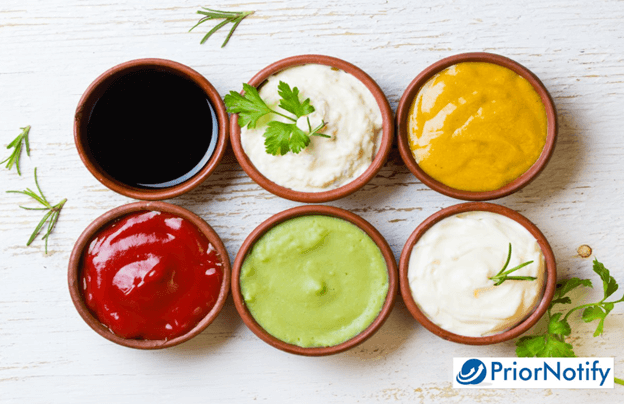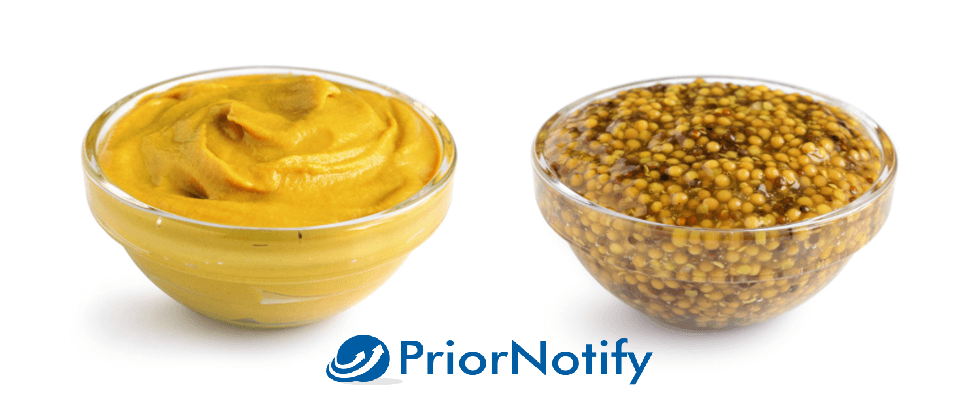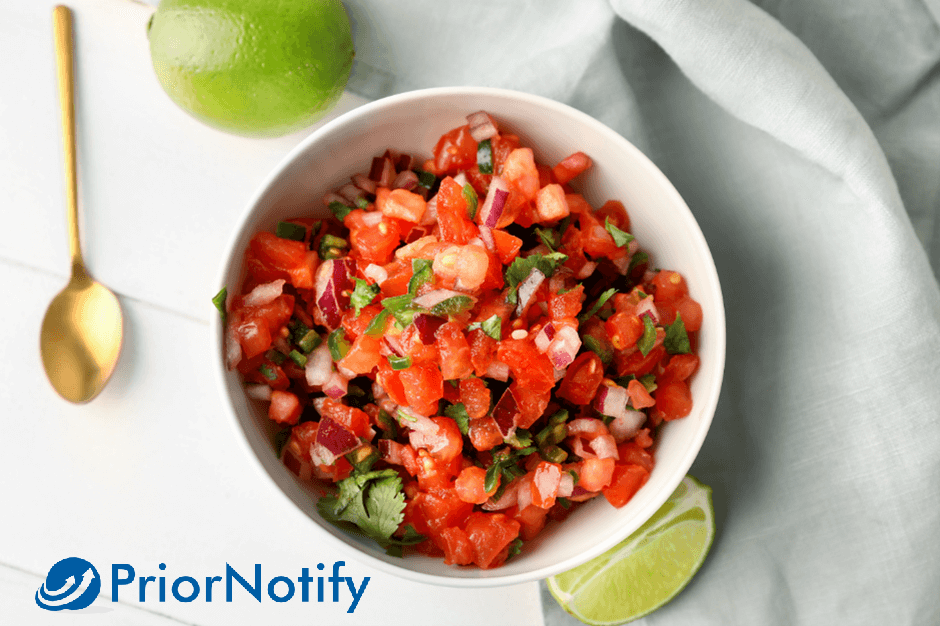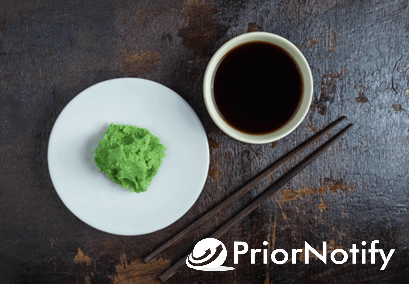Exploring America’s Love of Sauces, Spreads, and Seasonings
Let’s explore the consumption of condiments in the United States and discuss how to send these flavor-filled goods into the country from overseas.
American Consumption of Condiments
Americans have long relied on condiments to flavor and preserve their food. With so many options to suit every taste and inclination, condiments have developed over time to become a key component of American cuisine. The United States is the largest global market for condiments generating over $30 billion in sales in 2022 alone.
Some of the most beloved condiments in the United States include ketchup, mustard, mayonnaise, salsa, and soy sauce. You’ll find state and regional tastes change across the United States though. For instance, it is reported that California’s preferred condiment is Sriracha Chili Sauce, and Louisiana’s is Sweet Baby Ray’s BBQ Sauce.
Exporting Foreign Condiments to the United States
For international producers and vendors hoping to increase their market share and sales, exporting condiments to the United States can be a lucrative venture. To guarantee a painless export experience, a few rules and specifications must be adhered to.
Foreign producers must first and foremost abide by the rules established by the US Department of Agriculture (USDA) and the US Food and Drug Administration (FDA).
This entails ensuring that the condiments adhere to all quality and safety regulations and that the appropriate labeling and packaging are used. Prior notice of the shipment must also be made.
Exporters must also consider the logistics of sending condiments from overseas to the United States.
This includes making arrangements for mailing via postal services, air or sea freight delivery of the condiments, and making sure the items are packaged and stored properly to avoid breakage and spoilage.
Tips for Exporting Condiments
Quality Control – Verify that your condiments adhere to all FDA and USDA safety and quality guidelines.
Appropriate Labeling – Verify that the ingredients list and any information about allergies are correctly labeled on your condiments in compliance with FDA guidelines.
Packaging – Make sure the condiments are stored and transported in quality packaging to ensure secure transport.
Prior Notice with FDA – Submit an accurate and complete prior notice to the US FDA. To automatically submit prior notice, use PriorNotify to save time and reduce hassles.
Another option is to use a U.S.-based retailer with expertise in the American market such as RudiGourmand to handle this for you.
American cuisine would not be the same without the flavor and excitement that condiments bring to its meals. Although Americans love domestically-produced condiments, international condiments are becoming more and more popular since they have distinctive flavors and ingredients.
The secret to success for foreign producers wishing to sell their condiments to Americans is adhering to the relevant laws and specifications. For years to come, foreign condiments will add flair to American meals with their unique flavors and ingredients.









